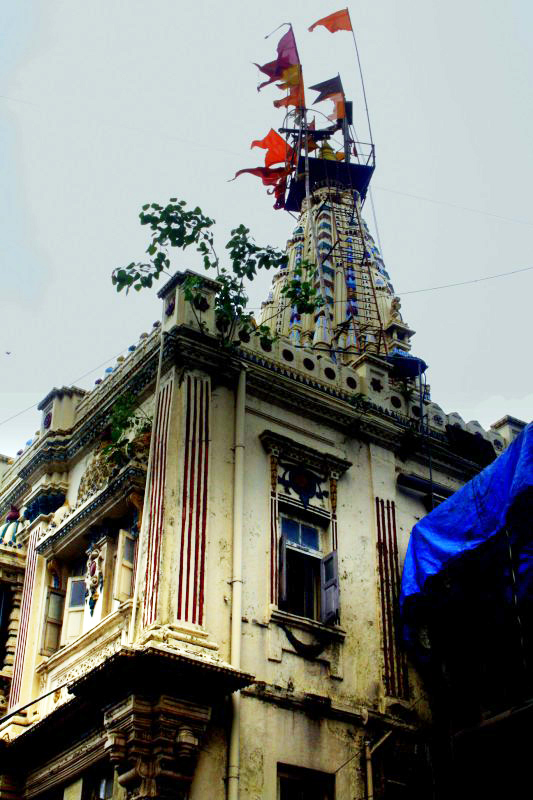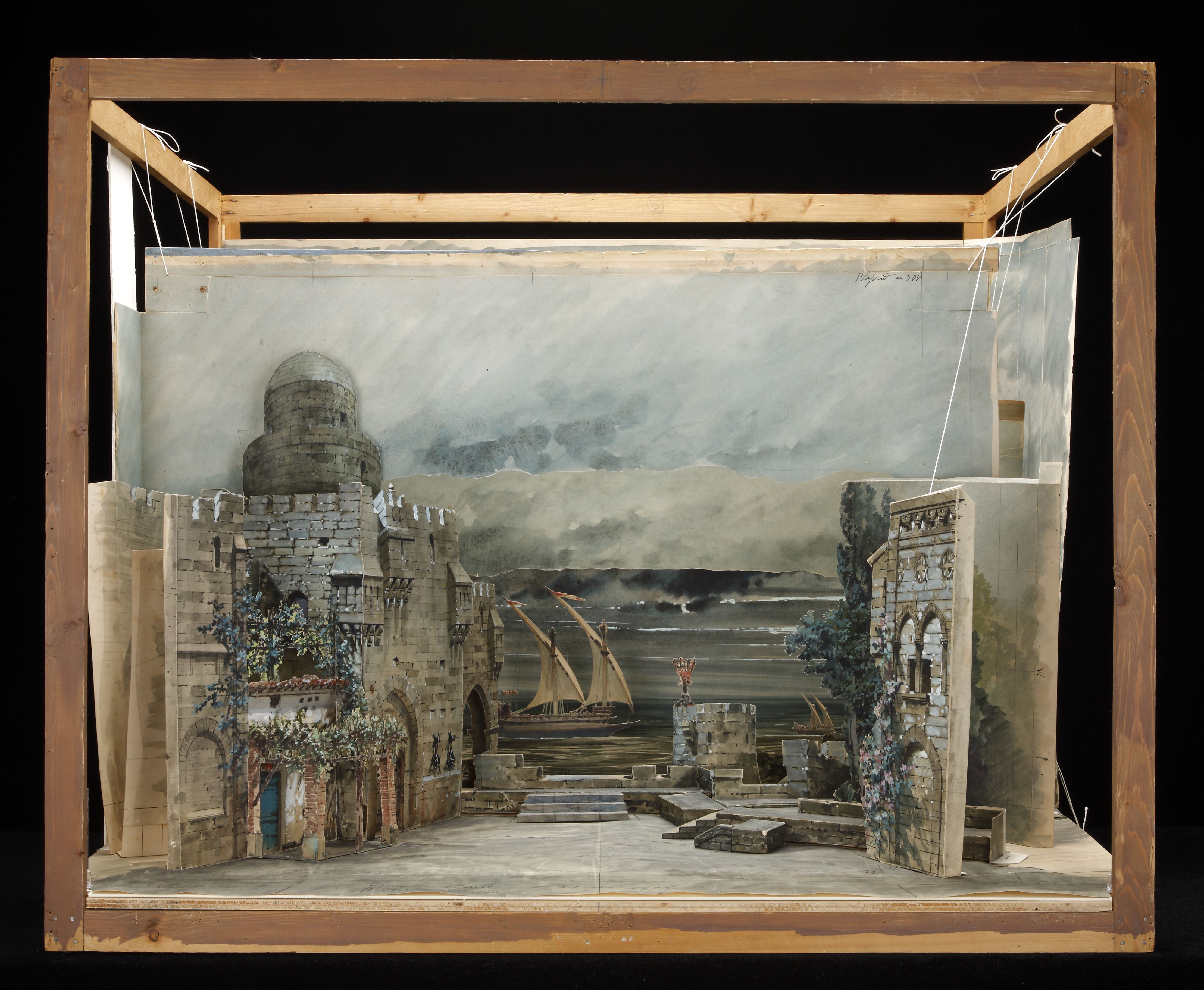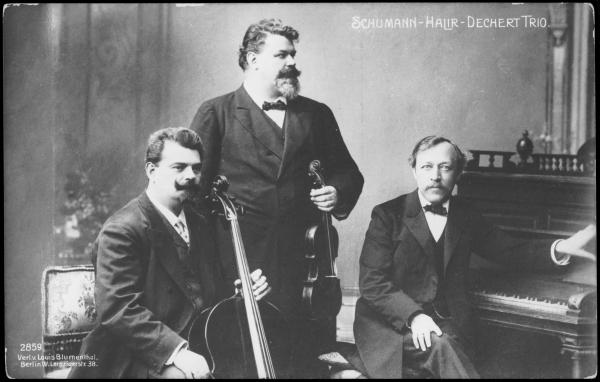|
Nelson Afonso
Nelson João Sulpicio Afonso (20 April 1934 – 18 June 1982) was an Indian singer, composer, playwright, and theatre director who worked on the Konkani stage. Early life Nelson João Sulpicio Afonso was born on 20 April 1934, in Vasco da Gama, Goa, which was a part of Portuguese India during the era of the Portuguese Empire (now in India). He was born into a Goan Catholic family, with his father, Manoel Adolfo Alfonso, originating from Aldona, and his mother, Evelina Idinha Cardoso e Afonso, being a homemaker. Afonso's mother possessed vocal abilities, which he inherited, and it became evident at a young age that he had a natural talent for singing. Encouraged by his neighbors, Afonso began showcasing his vocal prowess in village concerts and ''tiatrs'', a popular form of Konkani musical theater. One of his neighbors, Baptista Lobo, provided him with the opportunity to perform in these events. Although originally from Aldona, Goa, Afonso eventually settled in Vasco da Gama, G ... [...More Info...] [...Related Items...] OR: [Wikipedia] [Google] [Baidu] |
Vasco Da Gama, Goa
Vasco da Gama (), often shortened to Vasco, is a city in the state of Goa on the west coast of India. It is named after the Portuguese explorer Vasco da Gama. It is the headquarters of the Mormugão taluka (subdistrict). The city lies on the western tip of the Mormugao peninsula, at the mouth of the Zuari River, about from Panaji, Goa's capital, from Margao, the district headquarters and about from Dabolim Airport. The city was founded in 1543 and remained in Portuguese hands until 1961, when Goa ceased to be a Portuguese territory. The 1888-constructed Mormugao Port remains a busy shipping route in Asia. It is one of the major ports of independent India. The shipbuilding area of Goa Shipyard Limited that builds Indian Navy and Coast Guard vessels was also built there in 1957 (during the Portuguese era). Initially built around the city's harbour as the 'Estaleiros Navais de Goa', the area has, since the end of Portuguese presence, expanded into construction for several o ... [...More Info...] [...Related Items...] OR: [Wikipedia] [Google] [Baidu] |
Handbill Of Ghor Sounsar Tiatr By Nelson Afonso
A flyer (or flier) is a form of paper advertisement intended for wide distribution and typically posted or distributed in a public place, handed out to individuals or sent through the mail. In the 2010s, flyers range from inexpensively photocopied leaflets to expensive, glossy, full-color circulars. There are also digital flyers, similar to the printed ones, but can be shared on the internet. Terminology A flyer is also called a "circular", "handbill", "pamphlet", "poster", "lit'" (literature), "weekly ad", "catalogue" or "leaflet". Usage Flyers may be used by individuals, businesses, not-for-profit organizations or governments to: * Advertise an event such as a music concert, nightclub appearance, festival, or political rally * Promote a goods-selling businesses such as a used car lot discount store or a service business such as a restaurant or massage parlour. * Persuade people about a social, religious, or political message, as in evangelism or political campaign activi ... [...More Info...] [...Related Items...] OR: [Wikipedia] [Google] [Baidu] |
Bombay
Mumbai (, ; also known as Bombay — the official name until 1995) is the capital city of the Indian state of Maharashtra and the '' de facto'' financial centre of India. According to the United Nations, as of 2018, Mumbai is the second-most populous city in India after Delhi and the eighth-most populous city in the world with a population of roughly 20 million (2 crore). As per the Indian government population census of 2011, Mumbai was the most populous city in India with an estimated city proper population of 12.5 million (1.25 crore) living under the Brihanmumbai Municipal Corporation. Mumbai is the centre of the Mumbai Metropolitan Region, the sixth most populous metropolitan area in the world with a population of over 23 million (2.3 crore). Mumbai lies on the Konkan coast on the west coast of India and has a deep natural harbour. In 2008, Mumbai was named an alpha world city. It has the highest number of millionaires and billionaires among al ... [...More Info...] [...Related Items...] OR: [Wikipedia] [Google] [Baidu] |
Revolving Stage
A revolving stage is a mechanically controlled platform within a theatre that can be rotated in order to speed up the changing of a scene within a show. A fully revolving set was an innovation constructed by the hydraulics engineer Tommaso Francini for an elaborately produced pageant, ''Le ballet de la délivrance de Renaud'', which was presented for Marie de Medici in January 1617 at the Palais du Louvre and noted with admiration by contemporaries. Such a stage is also commonly referred to as a turntable. Kabuki theatre development Background Kabuki theatre began in Japan around 1603 when Okuni, a Shinto priestess of the Izumi shrine, traveled with a group of priestesses to Kyoto to become performers. Okuni and her nuns danced sensualized versions of Buddhist and Shinto ritual dances, using the shows as a shop window for their services at night. They originally performed in the dry river bed of the River Kamo on a makeshift wooden stage, but as Okuni’s shows gained populari ... [...More Info...] [...Related Items...] OR: [Wikipedia] [Google] [Baidu] |
Stage Design
Scenic design (also known as scenography, stage design, or set design) is the creation of Theatre, theatrical, as well as film or television theatrical scenery, scenery. Scenic designers come from a variety of artistic backgrounds, but in recent years, are mostly trained professionals, holding Bachelor of Fine Arts, B.F.A. or Master of Fine Arts, M.F.A. degrees in theatre arts. Scenic designers create Theatrical scenery, sets and scenery that aim to support the overall artistic goals of the production. There has been some consideration that scenic design is also Production designer, production design; however, it is generally considered to be a part of the visual production of a film or television. Scenic designer The scenic designer works with the director and other designers to establish an overall visual concept for the production and design the stage environment. They are responsible for developing a complete set of design drawings that include the following: *''basic gro ... [...More Info...] [...Related Items...] OR: [Wikipedia] [Google] [Baidu] |
Political Criticism
Political criticism (also referred to as political commentary or political discussion) is criticism that is specific of or relevant to politics, including policies, politicians, political parties, and types of government. See also *Bad Subjects ''Bad Subjects'' (more formally ''Bad Subjects: Political Education For Everyday Life'' and sometimes ''The Bad Subjects Collective'') was a research collaborative that operated generally out of California as part of the open access electronic pu ... * Political communication * Political satire Criticism Criticism {{Poli-stub ... [...More Info...] [...Related Items...] OR: [Wikipedia] [Google] [Baidu] |
Corruption
Corruption is a form of dishonesty or a criminal offense which is undertaken by a person or an organization which is entrusted in a position of authority, in order to acquire illicit benefits or abuse power for one's personal gain. Corruption may involve many activities which include bribery, influence peddling and the embezzlement and it may also involve practices which are legal in many countries. Political corruption occurs when an office-holder or other governmental employee acts with an official capacity for personal gain. Corruption is most common in kleptocracies, oligarchies, narco-states, and mafia states. Corruption and crime are endemic sociological occurrences which appear with regular frequency in virtually all countries on a global scale in varying degrees and proportions. Each individual nation allocates domestic resources for the control and regulation of corruption and the deterrence of crime. Strategies which are undertaken in order to counter corruption are of ... [...More Info...] [...Related Items...] OR: [Wikipedia] [Google] [Baidu] |
Trio (music)
In music, a trio (from the Italian) is any of the following: * a composition for three performers or three musical parts * in larger works, the middle section of a ternary form (so named because of the 17th-century practice of scoring the contrasting second or middle dance appearing between two statements of a principal dance for three instruments) * an ensemble of three instruments or voices performing trio compositions. Composition A trio is a composition for three performers or musical parts. Works include Baroque trio sonatas, choral works for three parts, and works for three instruments such as string trios. In the 17th and early 18th century, musical genre trio sonata two melodic instruments are accompanied by a basso continuo, making three parts in all. Because the basso continuo is usually played by two instruments (typically a cello or bass viol and a keyboard instrument such as the harpsichord), performances of trio sonatas typically involve more musicians. Howev ... [...More Info...] [...Related Items...] OR: [Wikipedia] [Google] [Baidu] |
Duet
A duet is a musical composition for two performers in which the performers have equal importance to the piece, often a composition involving two singers or two pianists. It differs from a harmony, as the performers take turns performing a solo section rather than performing simultaneously. A piece performed by two pianists performing together on the same piano is a "piano duet" or " piano four hands". A piece for two pianists performing together on separate pianos is a " piano duo". The term ''duet'' is also used as a verb for the act of performing a musical duet, or colloquially as a noun to refer to the performers of a duet. A musical ensemble with more than two solo instruments or voices is called trio, quartet, quintet, sextet, septet, octet, etc. History When Mozart was young, he and his sister Marianne played a duet of his composition at a London concert in 1765. The four-hand, described as a duet, was in many of his compositions which included five sonatas; a set o ... [...More Info...] [...Related Items...] OR: [Wikipedia] [Google] [Baidu] |
Theatrical Troupe
Theatrical troupe (French: ''troupe''), sometimes referred to as an acting company, is a group of theatrical performers working together. They may work in repertory other types of theatres, and may take performances on tour. They are not the same as a theatre company, which is an organisation that produces theatrical performances, although there is sometimes an overlap in terminology. The troupe is termed a resident acting company (or resident company) if they are supported by a particular theatre, where they have a home base, such as the Everyman Theatre in Baltimore, Connecticut, United States The State Theatre Company of South Australia, whose home base is at the Adelaide Festival Centre, is referred to as the resident artistic company. Troupes are frequently organised by theatre practitioners (e.g. Bertolt Brecht's Berliner Ensemble or Tadeusz Kantor's Cricot 2). The membership can be divided into permanent or temporary as, for example, in the Comédie-Française (Fren ... [...More Info...] [...Related Items...] OR: [Wikipedia] [Google] [Baidu] |
Goan
Goans ( kok, गोंयकार, Romi Konkani: , pt, Goeses) is the demonym used to describe the people native to Goa, India, who form an ethno-linguistic group resulting from the assimilation of Indo-Aryan, Dravidian, Indo-Portuguese, and Austro-Asiatic ethnic and/or linguistic ancestries. They speak different dialects of Konkani language natively, collectively known as Goan Konkani. "''Goanese"'' is an incorrect term for Goans. Language Goans are multilingual, but mainly speak the Konkani language, a Prakrit based language belonging to the Southern group of Indo-Aryan Languages. Various dialects of Konkani spoken by the Goans which include ''Bardezkari'', ''Saxtti'', ''Pednekari and'' ''Antruz''. The Konkani spoken by the Catholics is notably different from those of the Hindus, since it has a lot of Portuguese influence in its vocabulary. Konkani was suppressed for official documentation use only not for unofficial use under the Portuguese governance, playing a minor ... [...More Info...] [...Related Items...] OR: [Wikipedia] [Google] [Baidu] |






